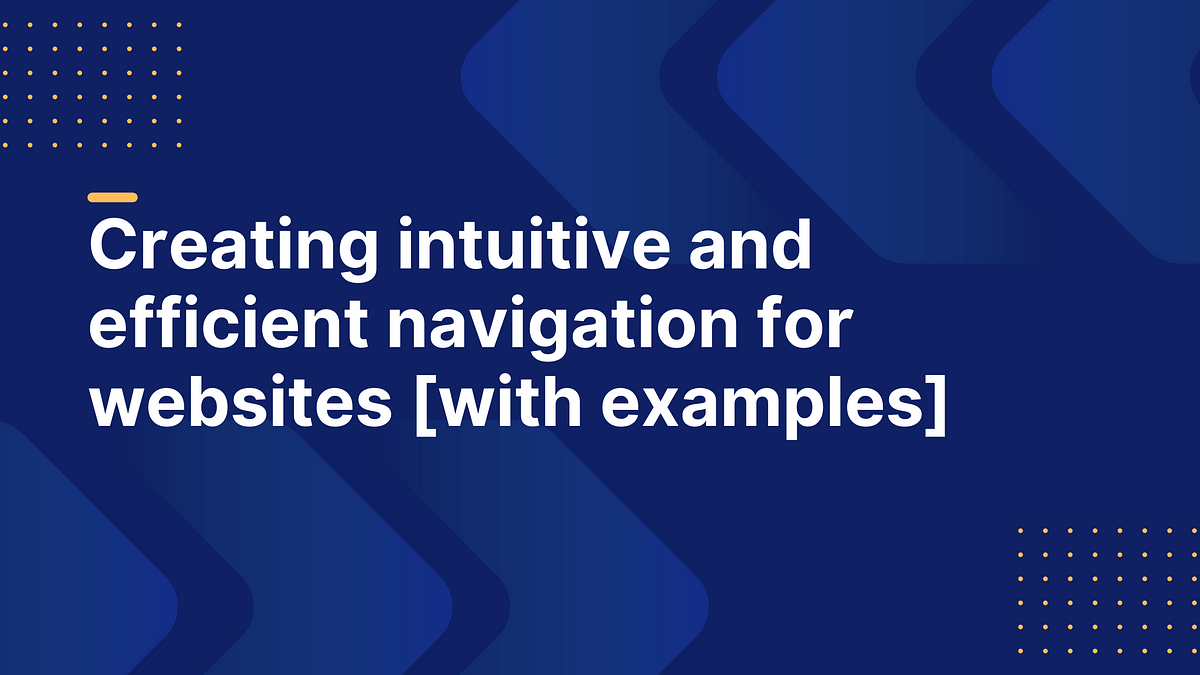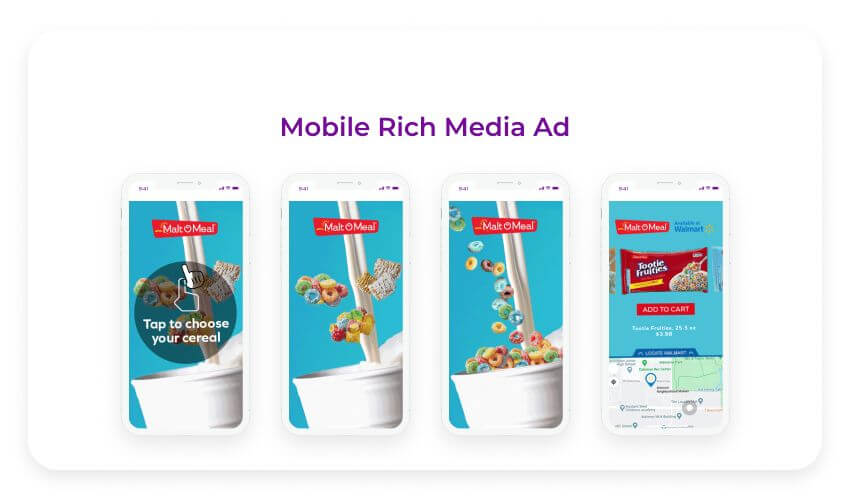In today's digitized world, having a visually appealing and user-friendly website is crucial for any business or brand. Web design plays a crucial role in attracting and retaining visitors, conveying your brand's message, and driving conversions. In this blog article, we will explore some best practices for creating stunning websites that capture attention and outshine the competition.

With an increasing number of people accessing the internet through mobile devices, it's essential to ensure your website is responsive. Responsive web design allows your site to adapt and optimize its layout seamlessly across different screen sizes. This ensures a consistent user experience, regardless of the device being used, and helps prevent high bounce rates.

Ease of navigation is paramount to keep users engaged. Implement a clear and logical navigation menu, ensuring it's easily accessible and visible on the website. Using descriptive labels and organizing your menu categories effectively will aid users in finding what they are looking for effortlessly.

White space, also known as negative space, is the area between elements on a webpage that allows the design to breathe. Incorporating ample white space creates a clean and uncluttered aesthetic, allowing the website's content to visually stand out. Use white space strategically to emphasize essential elements, improve readability, and provide a sense of elegance to your design.

High-quality visuals, such as images, videos, and animations, play a significant role in capturing users' attention. Invest in professional photography or utilize stock images to create an appealing visual experience. Be sure to optimize your media files for faster page loading time.

Your website should reflect your brand's identity consistently. Establish a cohesive visual language by using consistent colors, typography, and imagery that align with your brand guidelines. This ensures your website's design aligns with your overall brand perception and helps users associate your website with your business easily.

In today's fast-paced world, users expect websites to load quickly. Compress images, optimize code, and minimize the use of unnecessary scripts to ensure fast page loading times. Poor loading speed can lead to high bounce rates and detrimentally impact user experience.

Develop engaging, relevant, and easy-to-read content that caters to your target audience. Use headings, subheadings, and bullet points to provide a clear structure, making it easier for users to scan and find information quickly.

An effective web design should guide users towards their desired actions. Strategically place CTA buttons throughout the website, promoting conversions. Ensure that your CTA buttons are visually appealing, clear, and concise, encouraging users to take the desired action.
Web design is a captivating blend of creativity, user experience, and branding. By following these best practices, you can create stunning websites that optimize user engagement, bolster brand presence, and drive desired actions. Invest in a professionally designed website to make a lasting impression on your target audience and improve your online success.